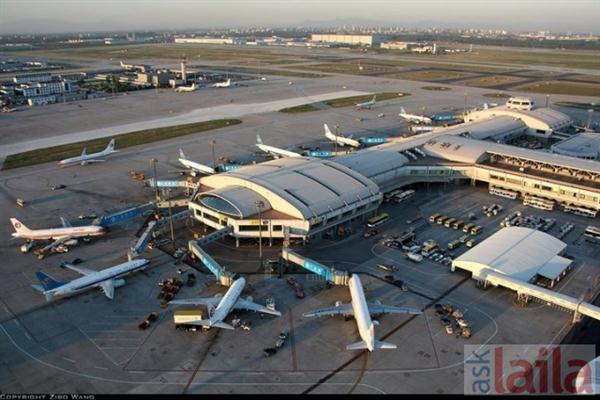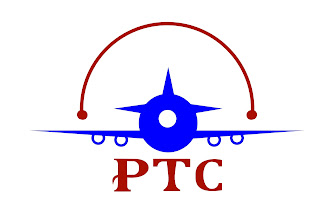
Airport Operations Human Factors
Airport operations forms the major activity behind the successful operation of any airport. For an airport to function effectively, the human factor issues concerned with the airport operations needs to be addressed. Airport operations includes the following processes namely the ramp operations personnel, baggage handling, freight handlers, Fuelers, De-icing operators and personnel involved in other ramp activities excluding maintenance1
There are several types of human factor issues related to airport operations, of which we will discuss about procedural compliance.
Procedural Compliance
The ramp activities happening in an airport involves a huge amount of human work and the personnel involved do a variety of jobs to ensure efficient and safe ramp operations. Occassionally there will be situations where the personnel employed may not be able to do his or her job in the required time frame which leads to some unwanted consequences like personal injury, aircraft damage, equipment damage, flight delays etc.
The two main categories of human performance impairment are errors and failure to follow the policies, procedures and processes developed by the company. This is called as procedural non-compliance. Although errors are unintentional deviations from the expected action,some individuals will do them intentionally. These violations may be due to simply finish the job and not for comfort or to reduce the workload. All the ramp operations are carried out on the assumption that the ramp personnel will follow the policies, procedures and processes. When this assumption is broken then the whole safety of the system is at risk.
In some cases the worker may commit the error because of the factors dictated by his or her immediate factors such as time pressure, insufficient staff and lack of equipments. In some rare cases the worker violates the rules while disregarding the consequences1
Importance of Procedural Compliance
Procedural compliance leads to the increase of personal safety and efficiency of the ramp worker to ensure reduction in ramp accidents. The preocedural compliance when adopted, would improve worker satisfaction.
Developing a Procedural Compliance program
- A policy should be developed by the company and should be communicated to the personnel stating that, they should follow all company and regulatory authority policy and procedures at all times.
- Procedural compliance should be included in the company's job description and job performance expectations, and the use of procedural compliance should be a measure of the worker perfromance.
- Human factors training should be developed and provided for the front line supervisors.
- Investigations can be done on the ramp accidents and the routine casual causes due to which the accidents occur can be identified. A corrective measure can be developed to prevent future errors and accidents.
- A procedural compliance safety audit program can be developed and be put into practice involving the ramp operations1
The successful implementation of the procedural compliance program results in
- Reduction in Aircraft and Equipment damage
- Decline in Injury rates
- High satisfaction levels shown by the workers1
·
Call Us Now -7200081121 / 7200023412 / 7200081330/
7200015600
·
Walk in from Monday to Friday 0900am to 0500pm in the address
mentioned below.
·
Address: Chennai - #16/29 1st Main Road, New
Colony, Chrompet, Chennai-600044
·
Bangalore – No 410, 2nd floor. 5th A Main, 2nd Block. HRBR layout (Near
kalian nagar bus stop) Kalyan nagar, Bangalore 560043. Contact- 8050005079.










